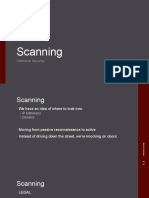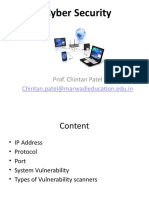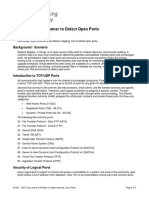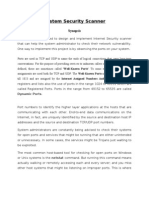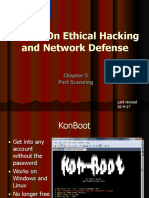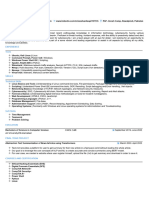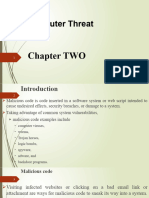0% found this document useful (0 votes)
17 views28 pages018 Portscanning1
Port scanning is the process of identifying open ports on a device, which can be done using tools like nmap. There are 65535 ports available, and after identifying open ports, one can determine the services and their versions running on those ports. The document also discusses how to exploit common ports, such as FTP, and provides examples of commands to use with nmap.
Uploaded by
solegeb598Copyright
© © All Rights Reserved
We take content rights seriously. If you suspect this is your content, claim it here.
Available Formats
Download as PDF, TXT or read online on Scribd
0% found this document useful (0 votes)
17 views28 pages018 Portscanning1
Port scanning is the process of identifying open ports on a device, which can be done using tools like nmap. There are 65535 ports available, and after identifying open ports, one can determine the services and their versions running on those ports. The document also discusses how to exploit common ports, such as FTP, and provides examples of commands to use with nmap.
Uploaded by
solegeb598Copyright
© © All Rights Reserved
We take content rights seriously. If you suspect this is your content, claim it here.
Available Formats
Download as PDF, TXT or read online on Scribd
/ 28





